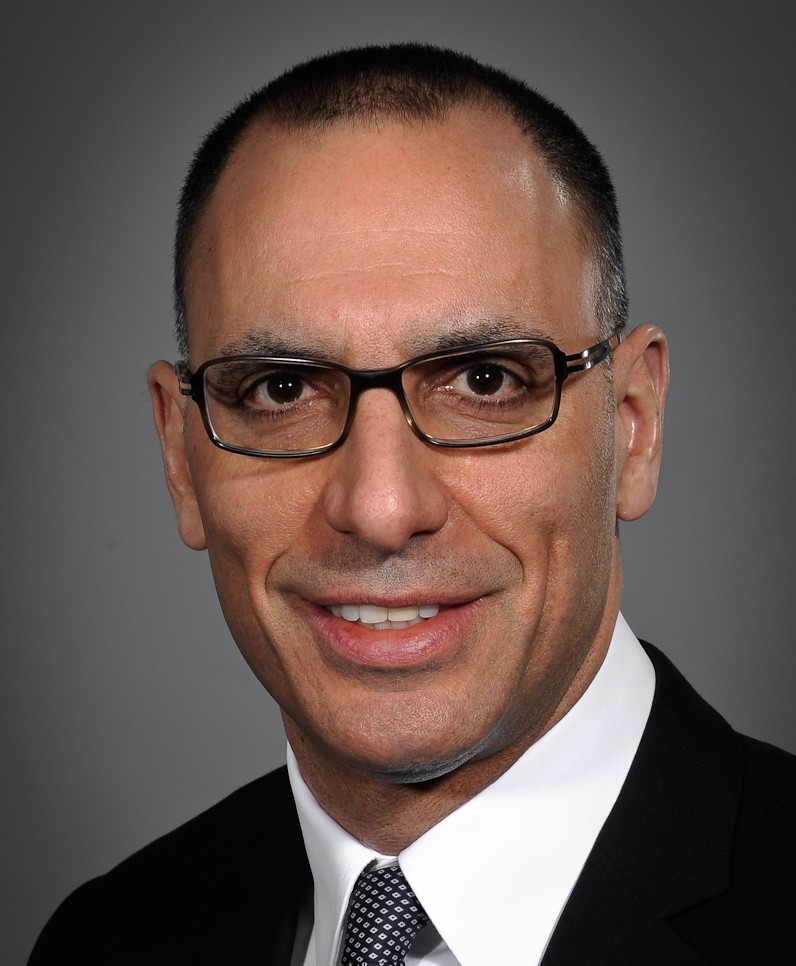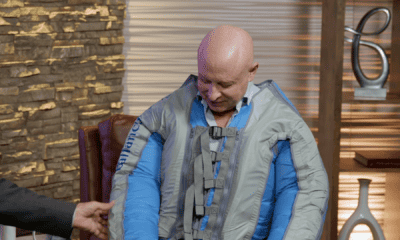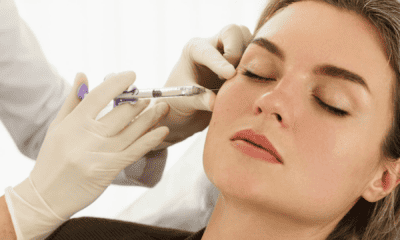The world of plastic surgery has expanded in a large way thanks to the introduction of non-surgical modalities. From the wrinkle-removing Botox, facial fillers, laser resurfacing, and even just plain ole (but medical grade!) skin care, more patients are entering practice doors than ever before with a hope of avoiding surgery but still achieving real rejuvenation.
While Botox really is a miracle compound (the number of annual injections eclipses all others, surgical or not), some of the non-surgical devices’ results aren’t as straightforward. Things like laser treatments work and work well, but there is one section of rejuvenation that isn’t so easily done without surgery: skin tightening. Traditionally the problem solved by a facelift, skin tightening is a hard goal to accomplish without a scalpel. Even so, a number of devices have been on the market for a handful of years and do show promise.
On this PSC Round Table, board certified plastic surgeons Dr. Peter B. Fodor of Beverly Hills, Dr. Stafford Broumand of New York City, and Dr. Steven Camp of Fort Worth discuss the problems with tightening skin without surgery, and whether any devices truly can offer one of the greatest ways to achieve rejuvenation.
What is Unique About Skin Tightening?
When looking at other non-surgical devices, all of the successful options work because they only affect certain layers of the skin, and usually near the top. For example, Botox, technically known as a neurotoxin, works by “freezing” the facial muscles that cause common wrinkles. Inject Botox, stun the muscle, and the wrinkles “go away” because the muscles aren’t making the face that caused them. While it doesn’t eliminate wrinkles, it does make them seem invisible because they’re no longer being activated.
Likewise, fillers are compounds injected at different levels of the skin to plump them up. Think of an aging area of the face, such as under the eyes, and you’ll notice that the aging is because volume has been lost there. A gaunt look isn’t because the face is falling, it’s because the volume that was once underneath has faded. Fillers simply add that volume back to give the skin that plump, robust look that is associated with a young face.
The various laser treatments available also only work on certain layers of the skin, the top layers. The “heavier” the laser, the deeper it penetrates, causing the top layers to turn over cells and rejuvenate the skin. They work wonderfully well to restore luster and even skin tones.
These three examples, again, are only working on specific parts of the facial skin. The issue with skin tightening is all of the skin layers need to be addressed. One of the most common issues with age is jowling, or when skin begins to hang off of the jawline. The hanging skin is because it has stretched over time, further than during the first third of life. Imagine a brand new rubber band – it’s uniform and tight. When you stretch it, it springs right back to it’s original shape. However, once that rubber band has been stretched hundreds of times, it becomes loose and “bigger.”
This is exactly what happens with aging facial skin, and traditionally the only answer was to remove some of it via a facelift to get back to that original sized rubber band.
What Can Be Done Without Surgery?
Plastic surgeons will tell you that one of the most powerful surgical procedures in their arsenal is the facelift. The reason is because it completely solves the skin tightening issue. The excess skin that either hangs off or bunches up on the face is surgically taken off and thus the skin is tightened, with incisions hidden in various locations depending on the amount of skin removed. As powerful as it is, patients are very weary of a facelift because it is requires some measure of downtime, involves scars, and, ultimately, is kind of scary because it involves our most precious feature, the face. Many, however, are very interested in the idea of achieving similar results without surgery.
This is where non-surgical options come into play. No matter the device, there is a unifying concept among them: utilize energy, or heat, to shrink the skin back into place. One of the most common examples of this concept is when a piece of meat is cooked on a hot pan or grill. The meat will immediately begin to shrink some when the intense heat of a pan works its way inside. This is exactly what non-surgical skin tightening devices hope to do, albeit at much lower temperatures to avoid cooking the skin!
A number of devices exist and all utilize differing forms of that energy. Some utilize ultrasound, others radiofrequency, and some use one or the other along with minimally-invasive probes and/or microneedles to get that energy deeper into the skin layers. While the concept is sound, results are nowhere near what can be accomplished with a scalpel in the OR. Still, the treatments get better by the day, and significant results are possible.
Checking Patient Expectations
While these non-surgical skin tightening devices are out and achieving results, they aren’t achieving facelift results. Board certified plastic surgeons like Dr. Camp are hesitant to put too much stock in these devices because of their average results. And, while they may not achieve what a facelift might, that doesn’t mean they are useless either. “My concern is, patients are going to gravitate towards these technologies and think they’re going to get everything done,” warns Dr. Camp. “I think it’s the combination that might be the key.”
Ultimately, plastic surgeons are physicians first and are always looking to achieve what is best for their patients. If a patient wants and needs skin tightening that no non-surgical device can achieve, they will say a facelift is the only option. However, for those whose facial skin isn’t too aged, perhaps a treatment or two of a non-surgical device – often something that can be done easily in the office with minimal downtime – could bridge the gap between a young and an aged face. As long as patients check their expectations with what is possible without the operating room, the non-surgical skin tightening devices are a powerful new tool that can achieve results in the right patient.


















Facebook
Twitter
Instagram
YouTube
RSS